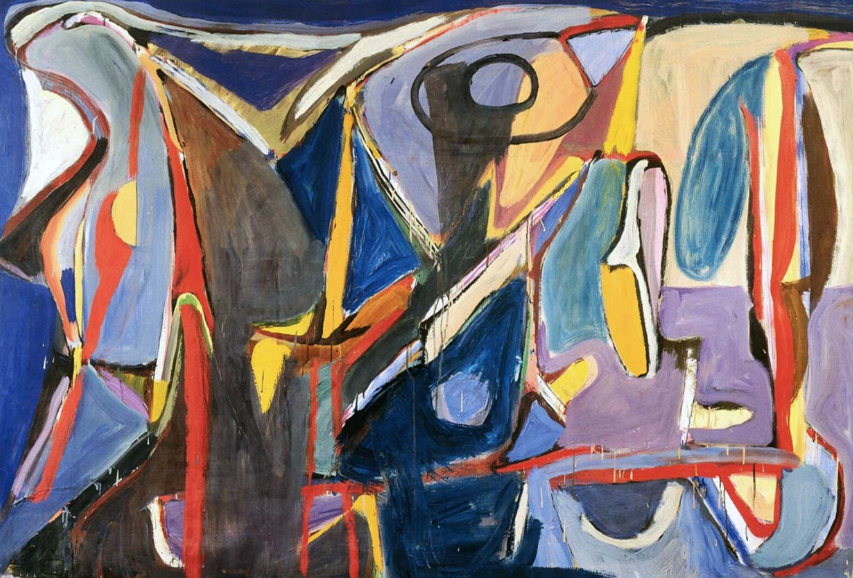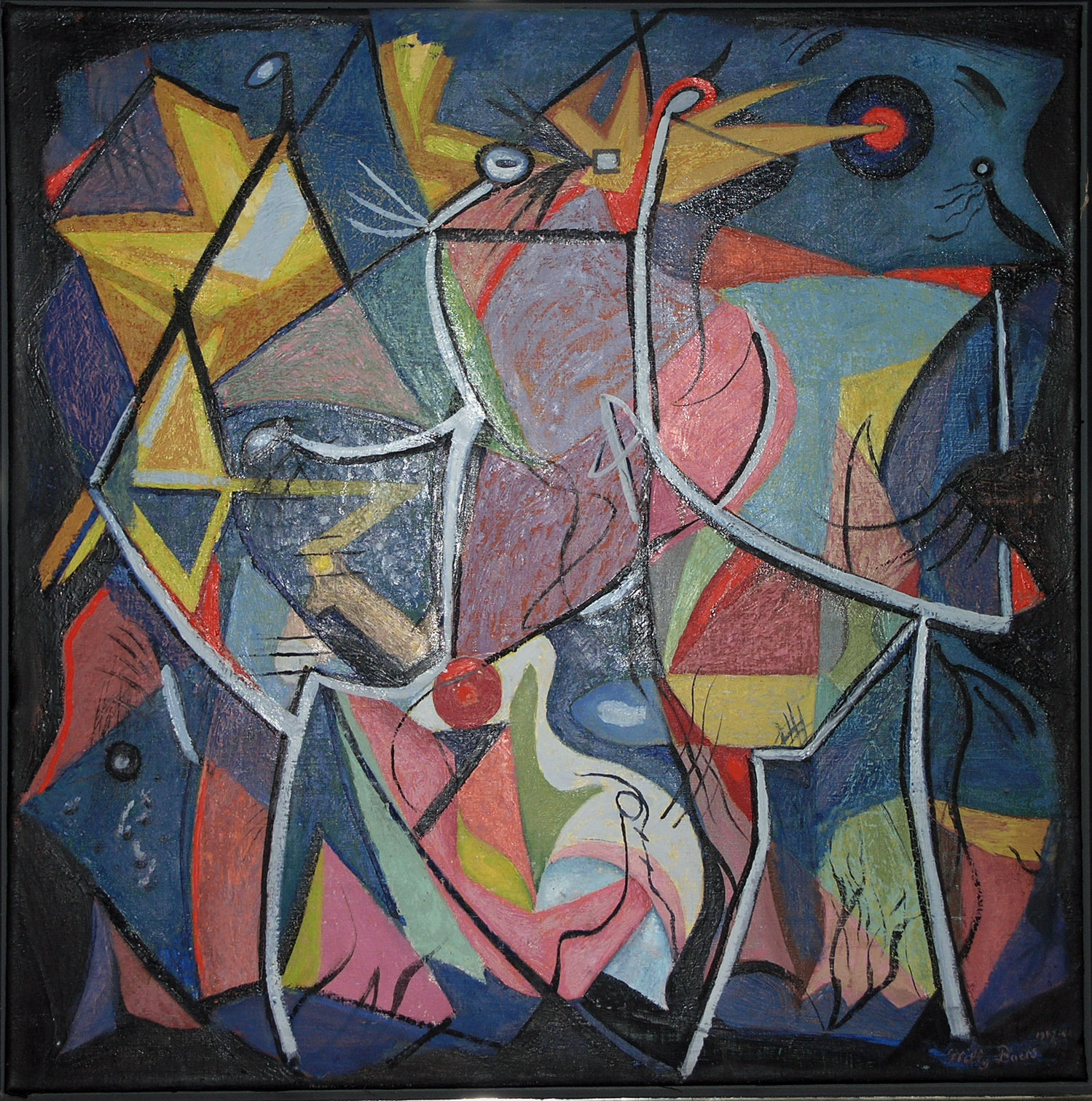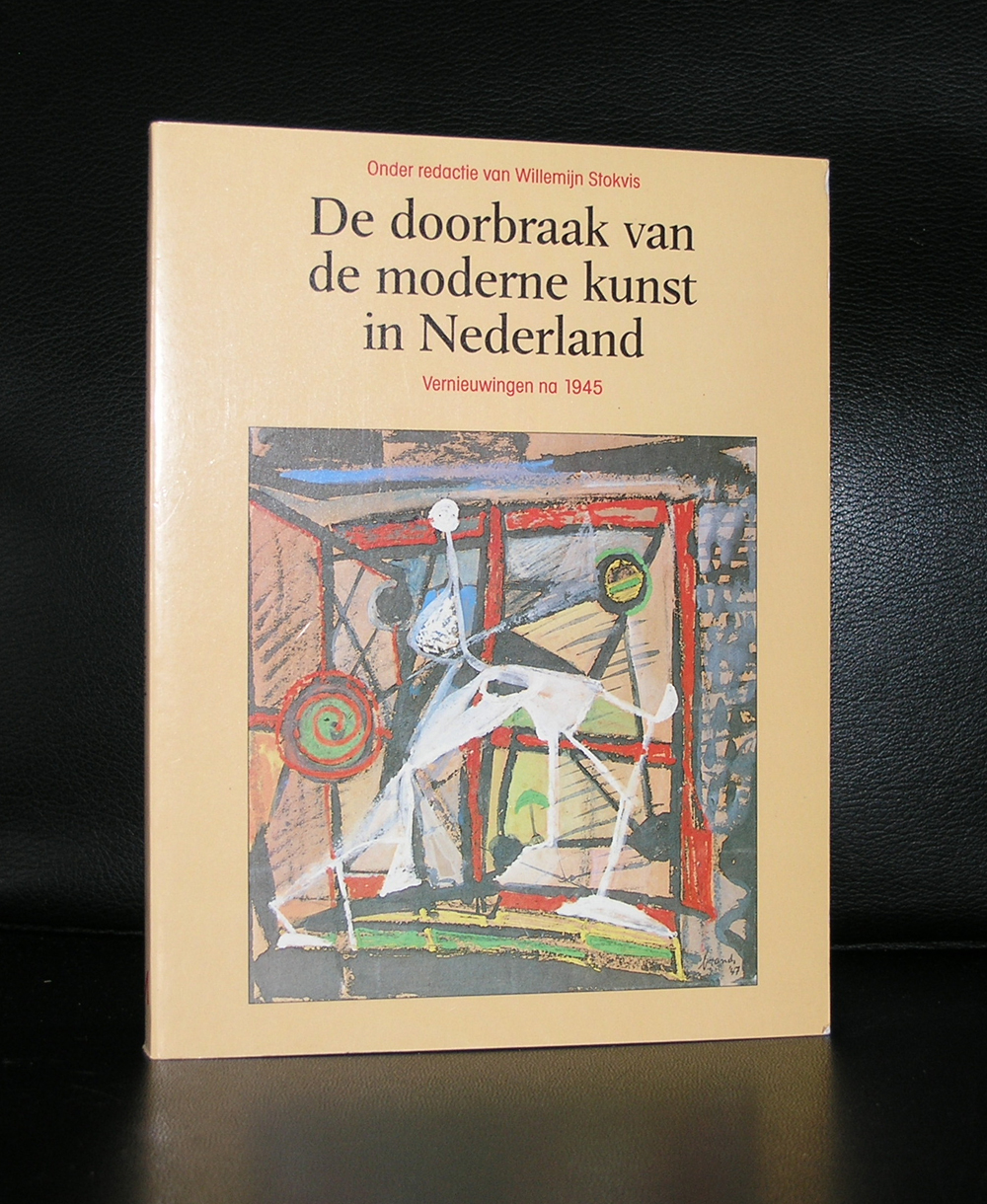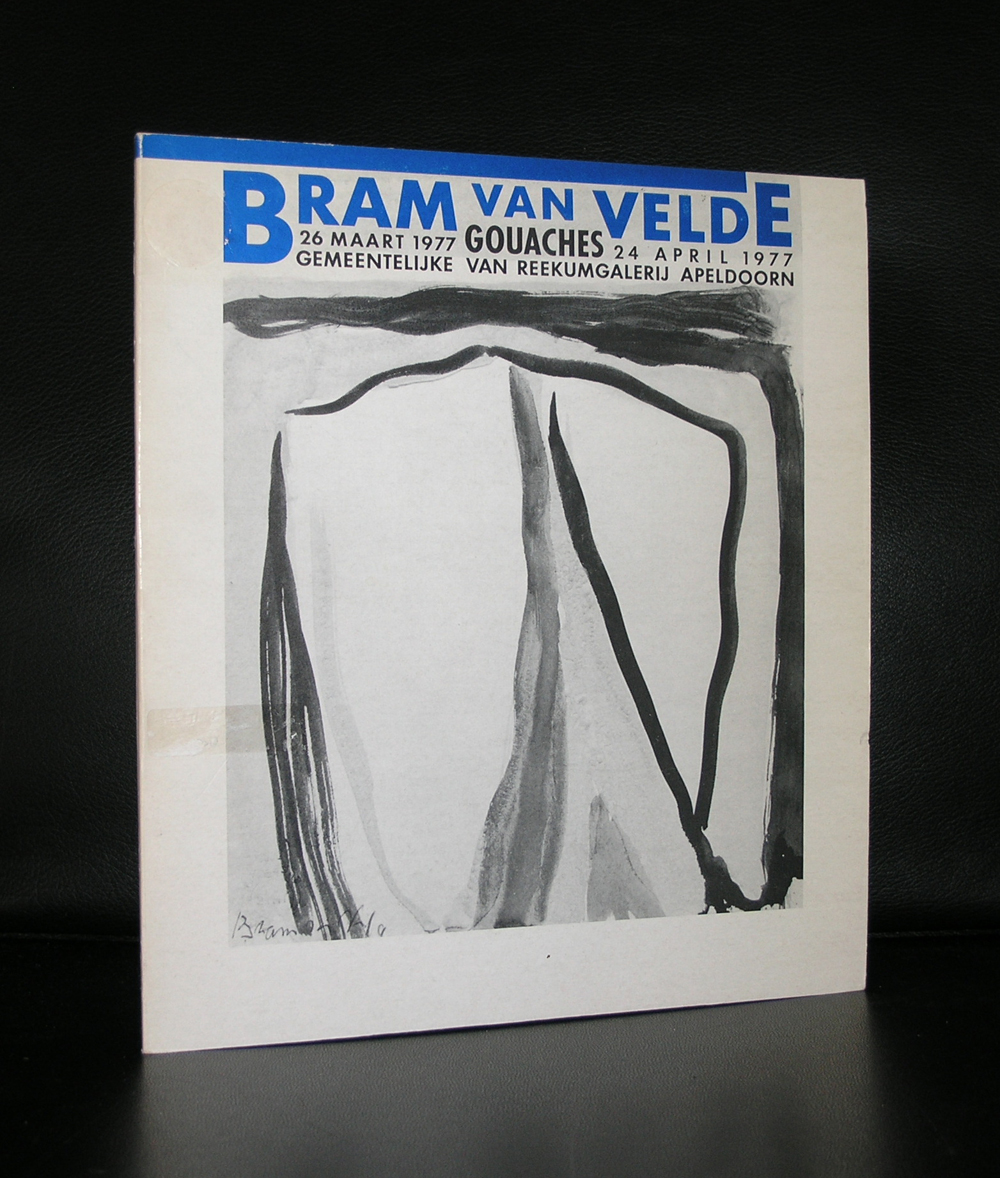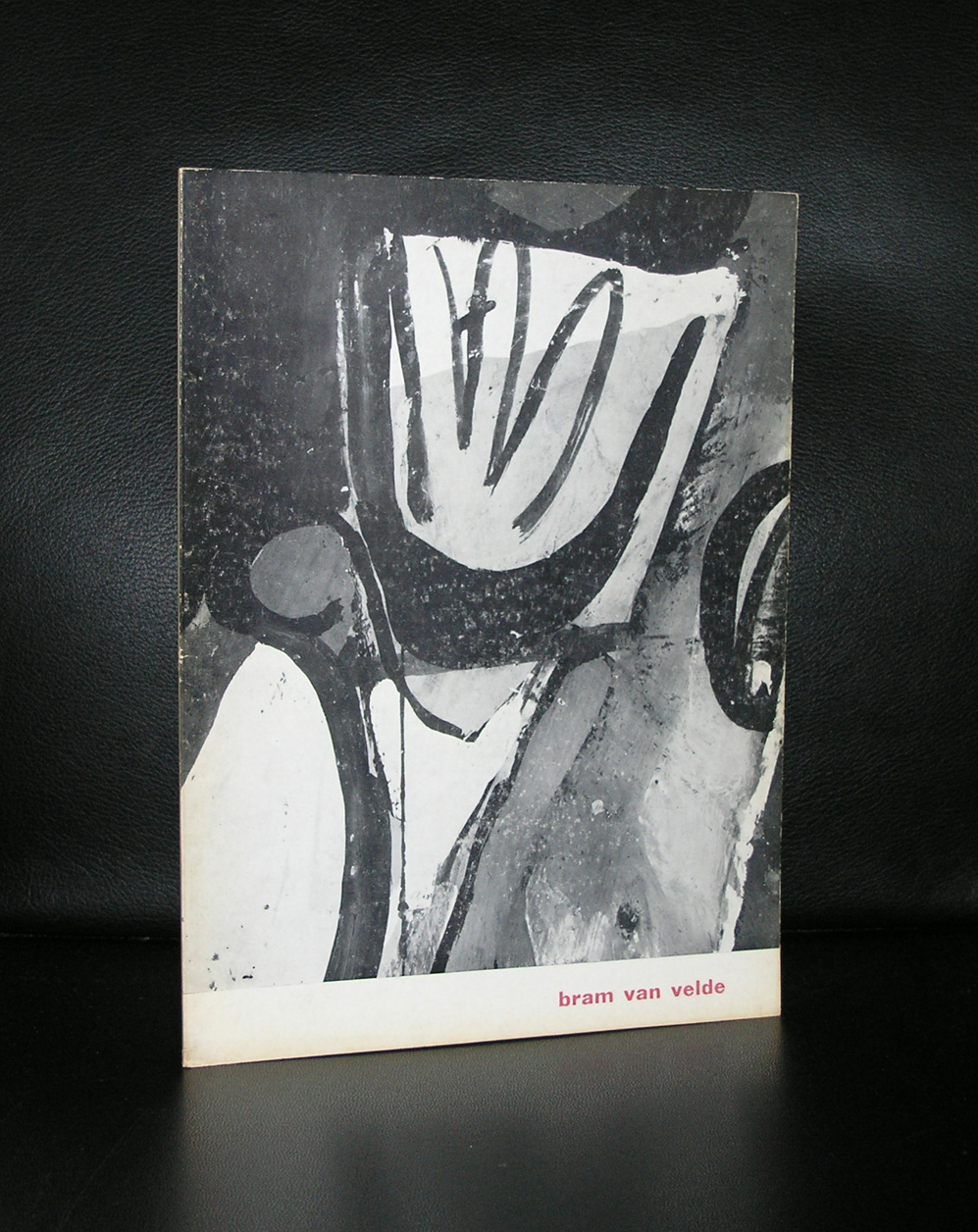
De Lussanet’s breakthrough as a painter was thanks to Harmsen van Beek and Gerard Reve. Reve opened De Lussanet’s first exhibition in Laren and Frederike wrote a glowing review of him in Vrij Nederland. “And suddenly I belonged. You only needed two people in the media spotlight, and you were there.”
That she wrote about him was one thing, but what she wrote about him was also remarkable. At first glance, De Lussanet paints beautiful, fragile girls and sexually challenging, pulled-apart nudes, glamorous women heavily reliant on makeup.
He confronts these two types of femininity. The sweetness flees, becoming artificial when compared to the “witch’s brew of chemicals, erotic glimmers, and shadows,” according to Harmsen van Beek. This creates the opposite effect of what the beauty industry promises. Instead of youth, beauty, and money, this work highlights physical decay and ugliness.
In this way, according to De Lussanet, it exposes the deceit “that almost every woman practices at home.” She interprets De Lussanet’s work not as a pornographic extension of the advertising fantasy, but rather as an attack on the “perverted art of advertising,” a “denunciation of fake beauty.”
www.ftn-books.com has the galerie Quintessens catalog from 1989 now available.

